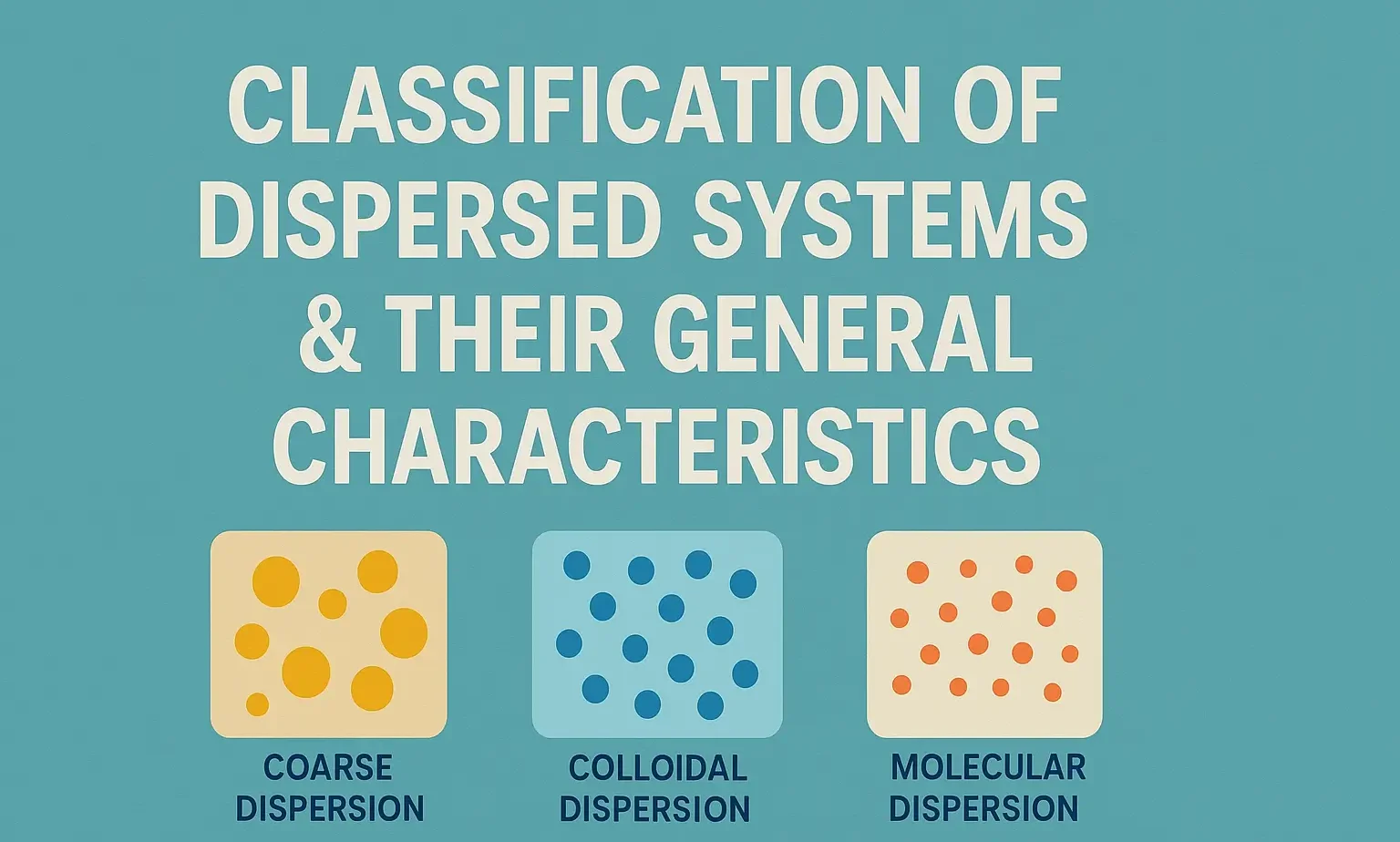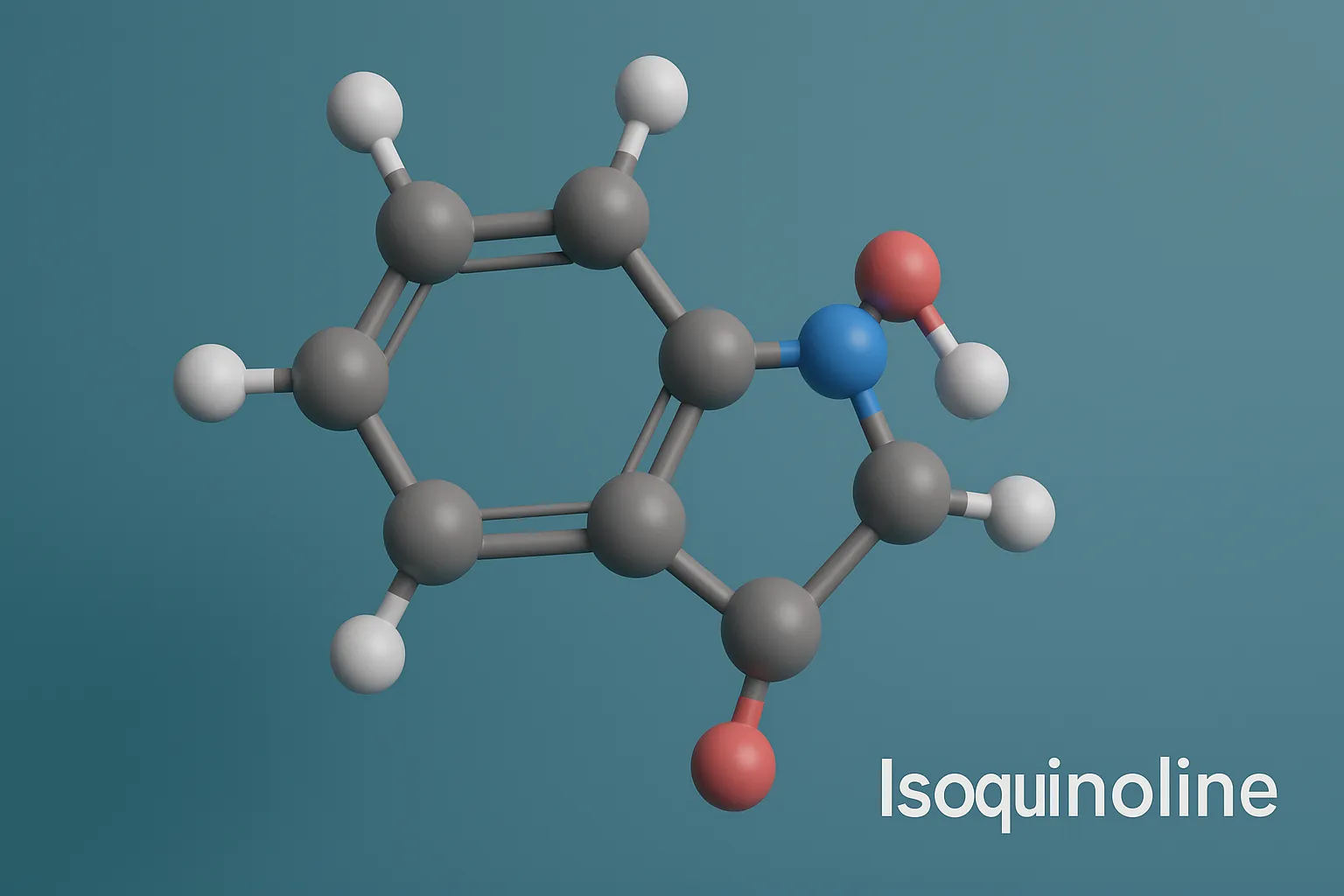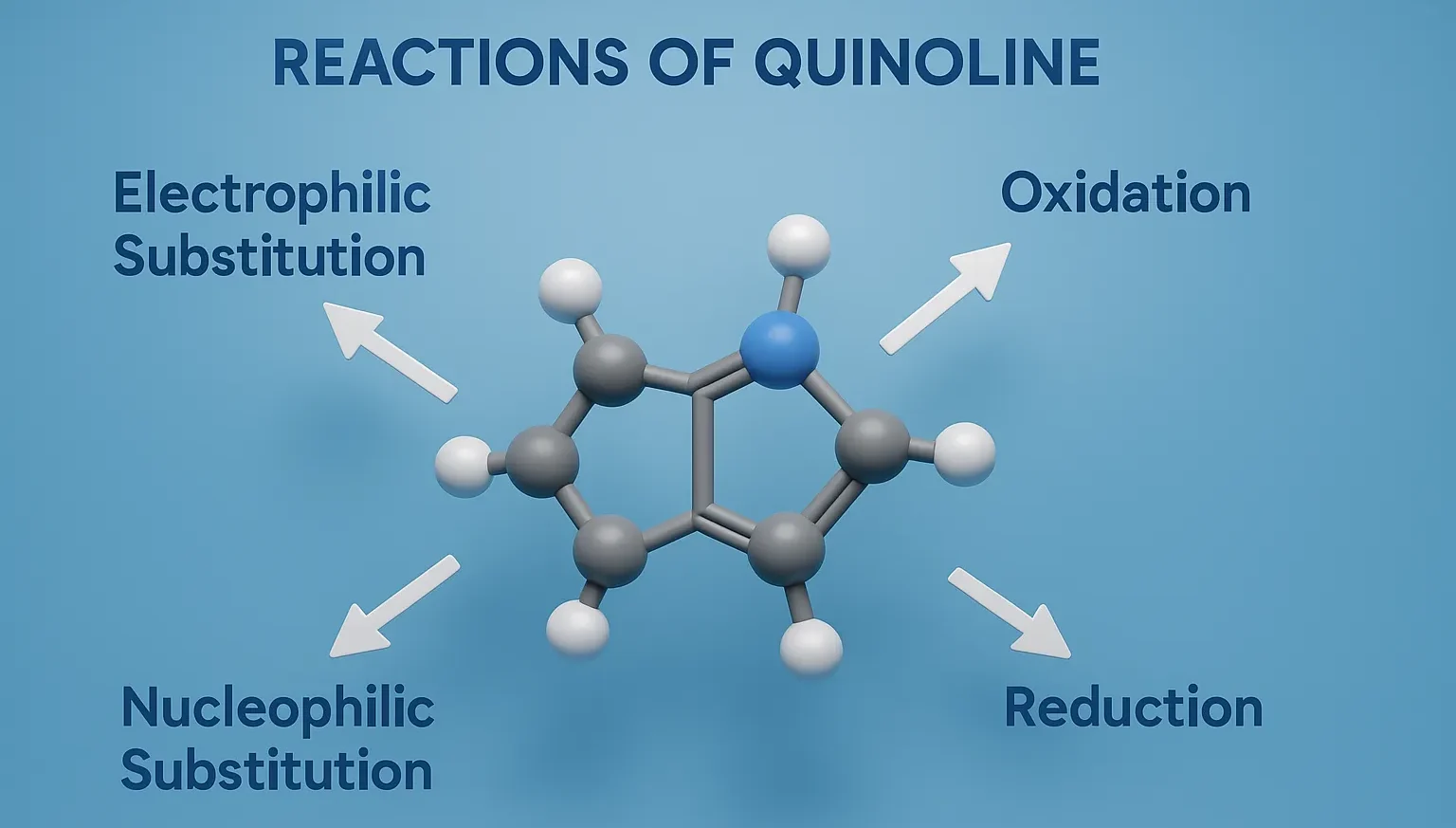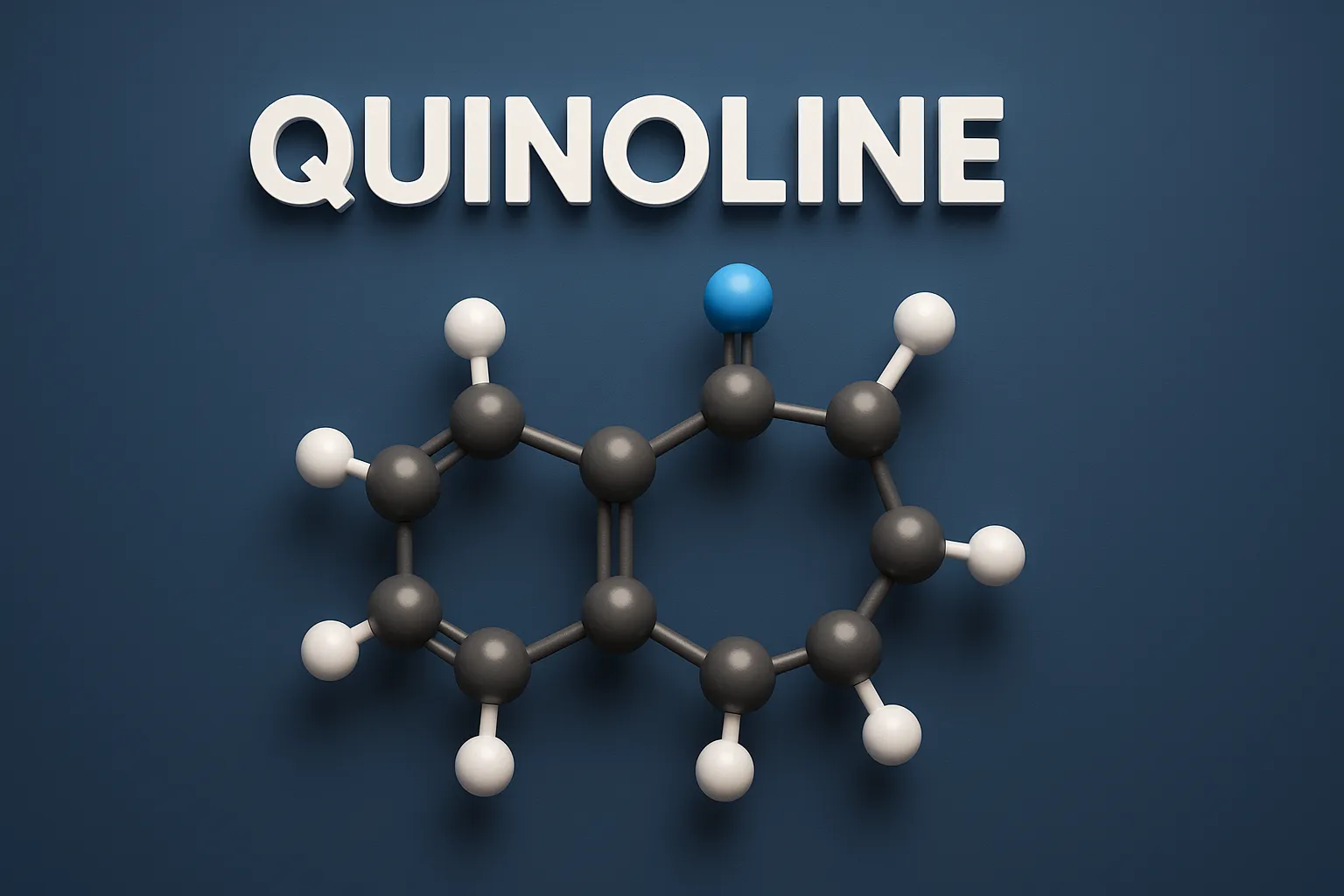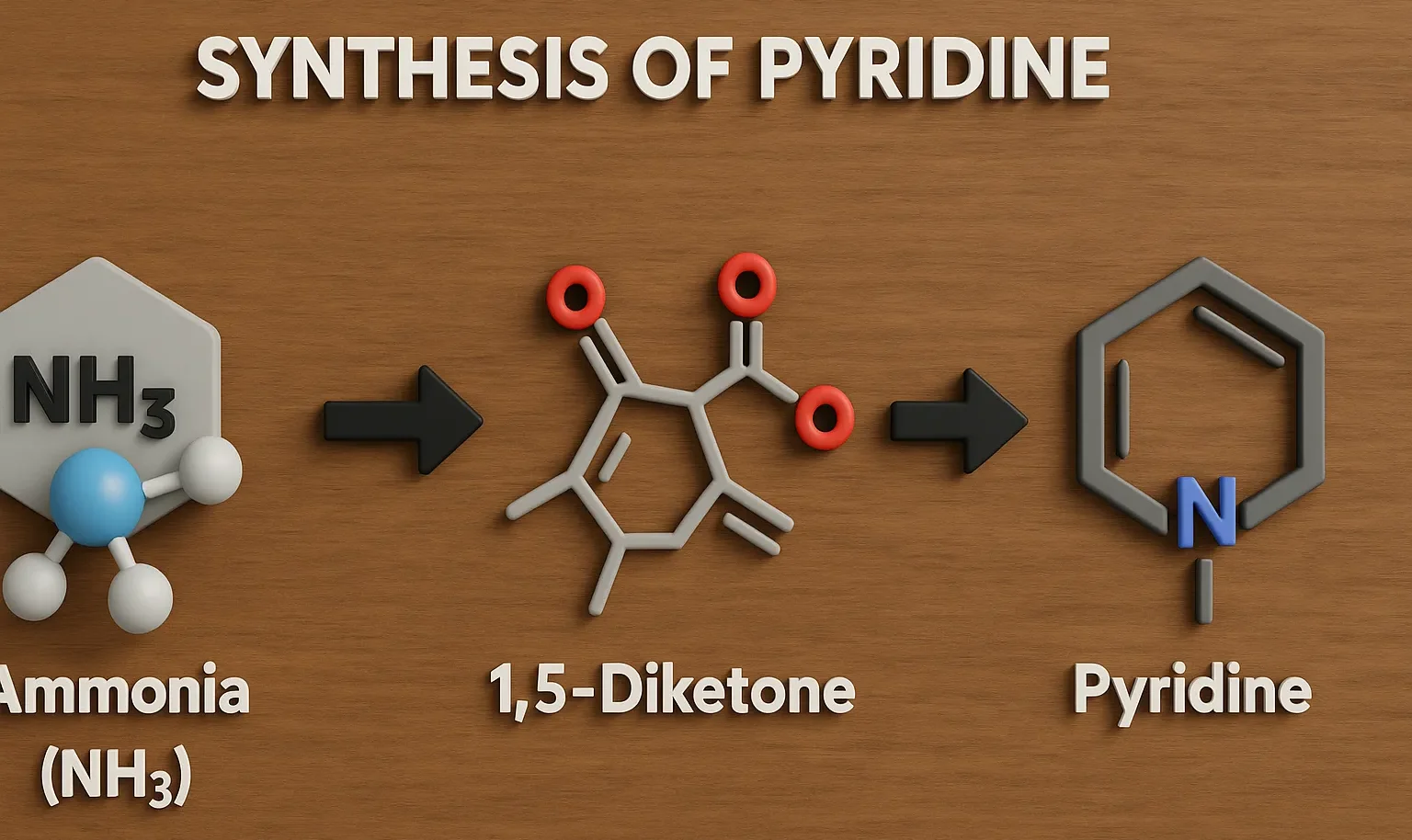Classification of Colloids
Classification of Colloids is based on phase systems like sols, gels, emulsions, and foams. Classification of Colloids depends on physical state, interaction, and nature of dispersed phase. Colloids can be classified in several ways: Based on the Physical State of Dispersed and Dispersion Phase: Dispersed Phase Dispersion Medium Name Example Solid Solid Solid sol Colored … Read more


